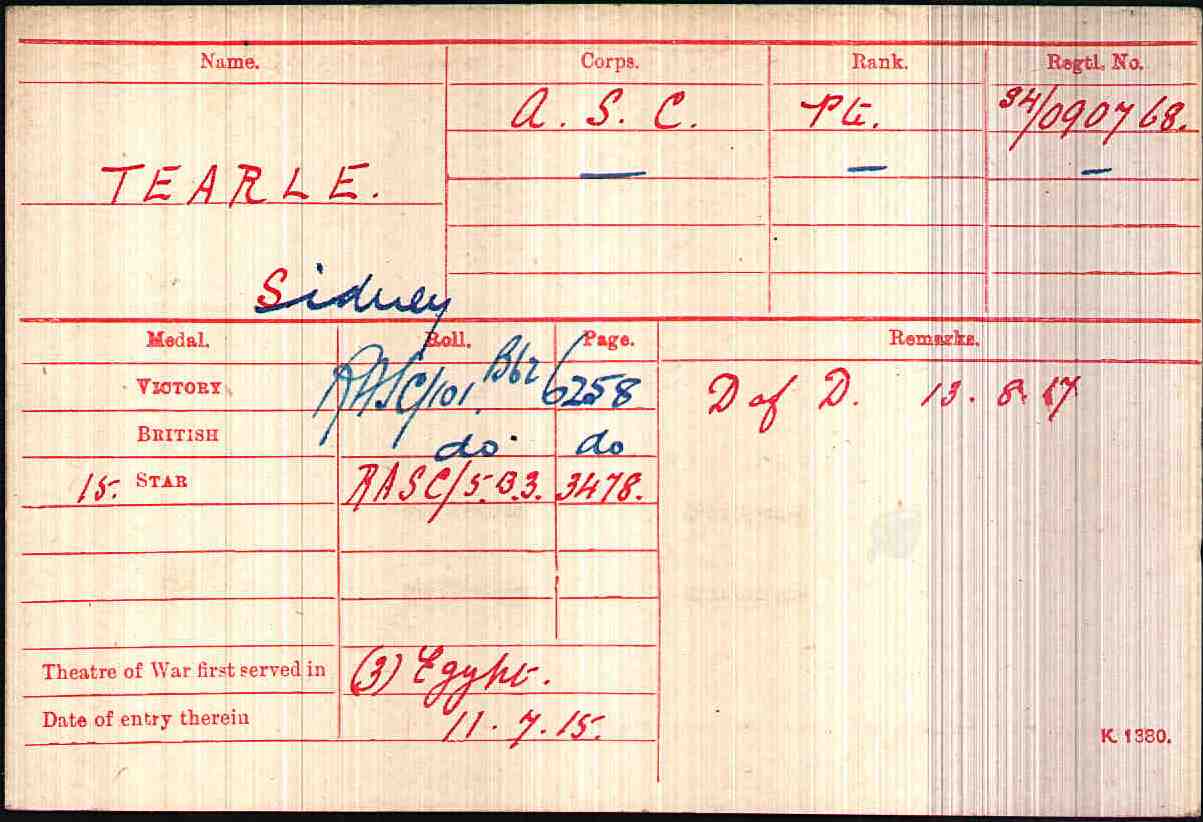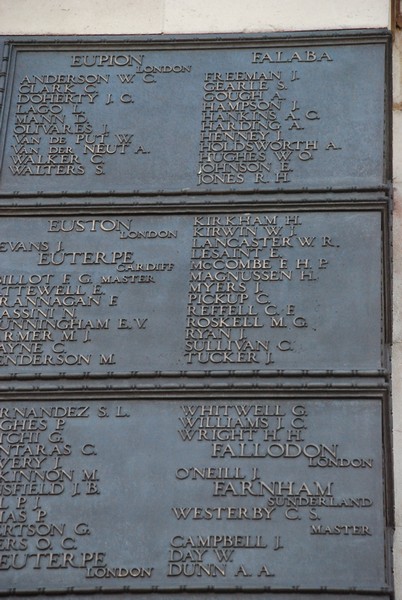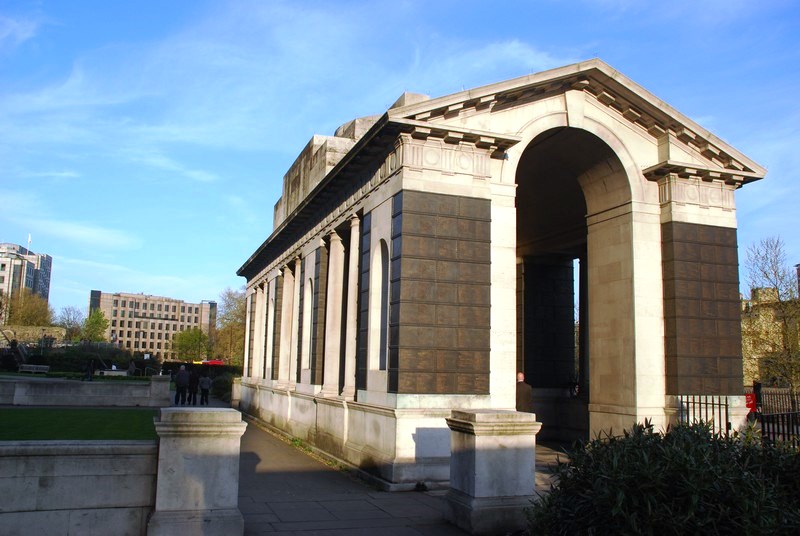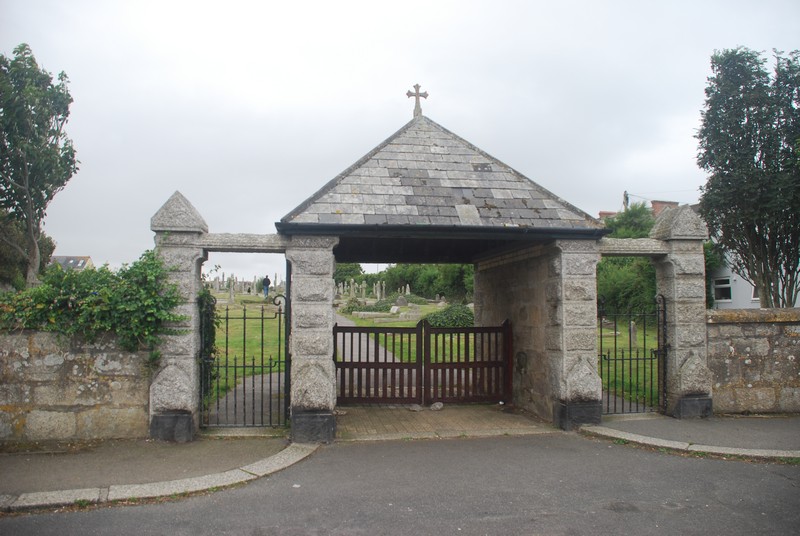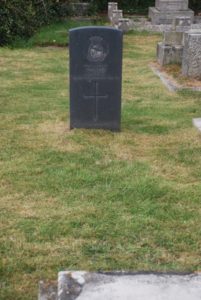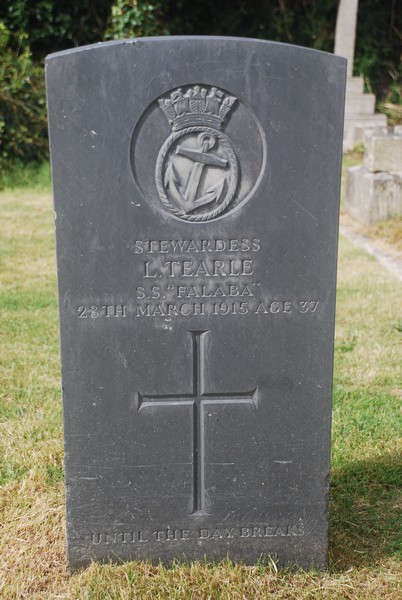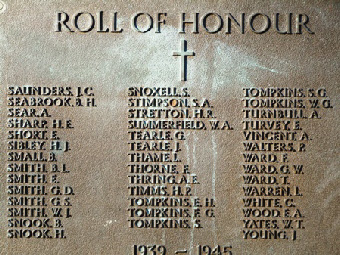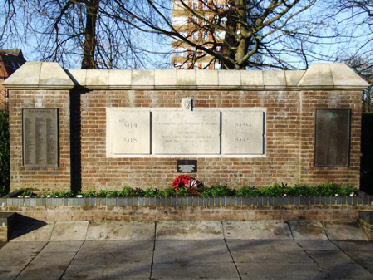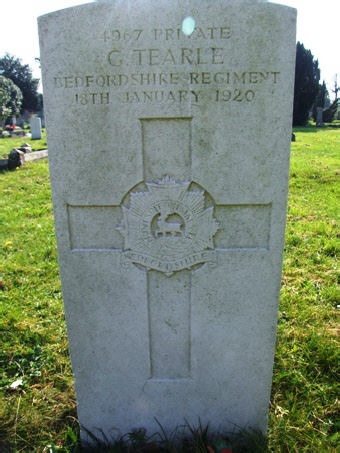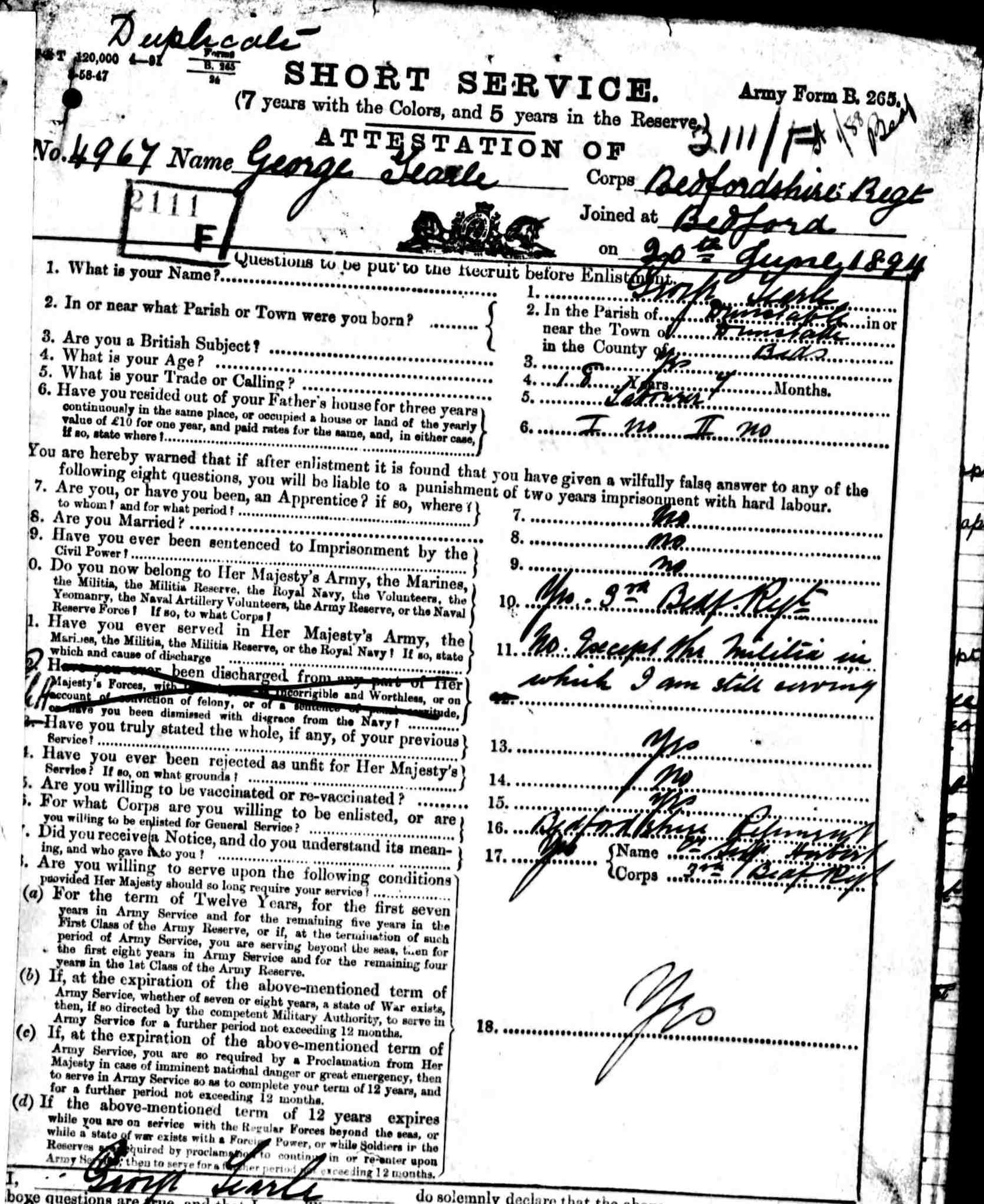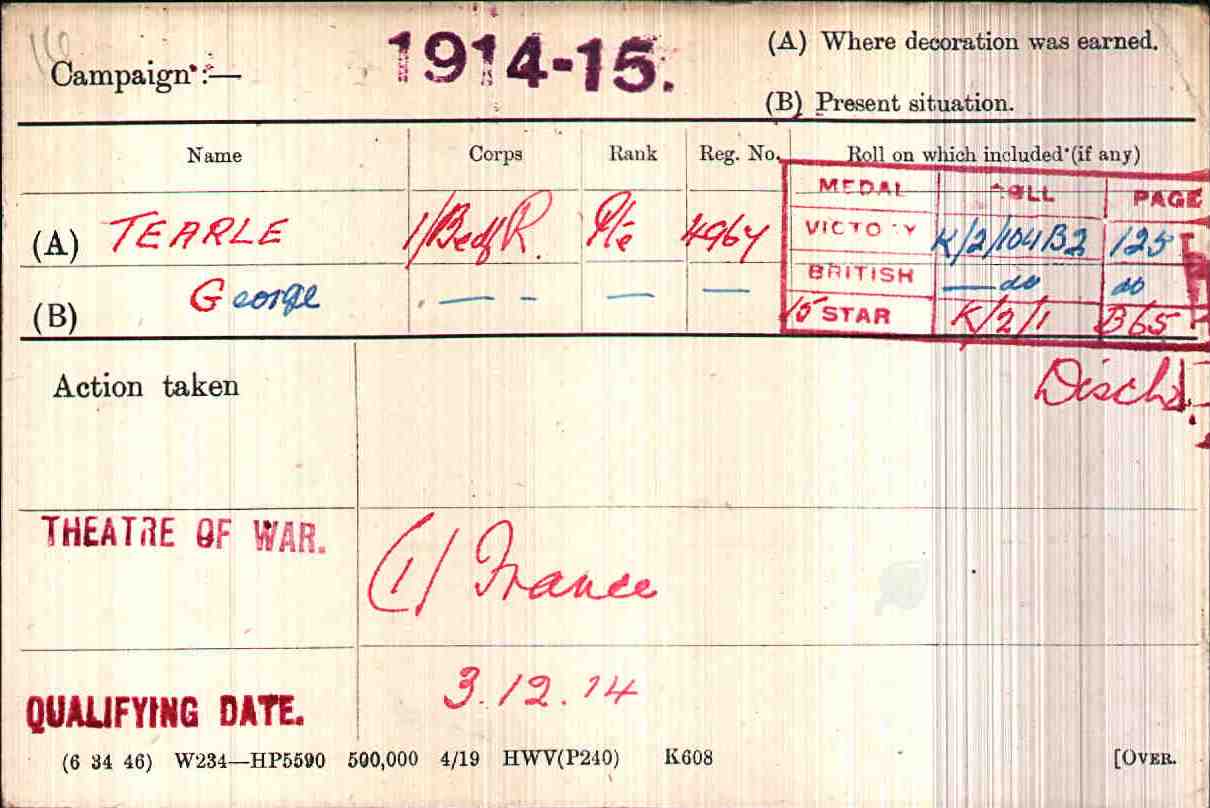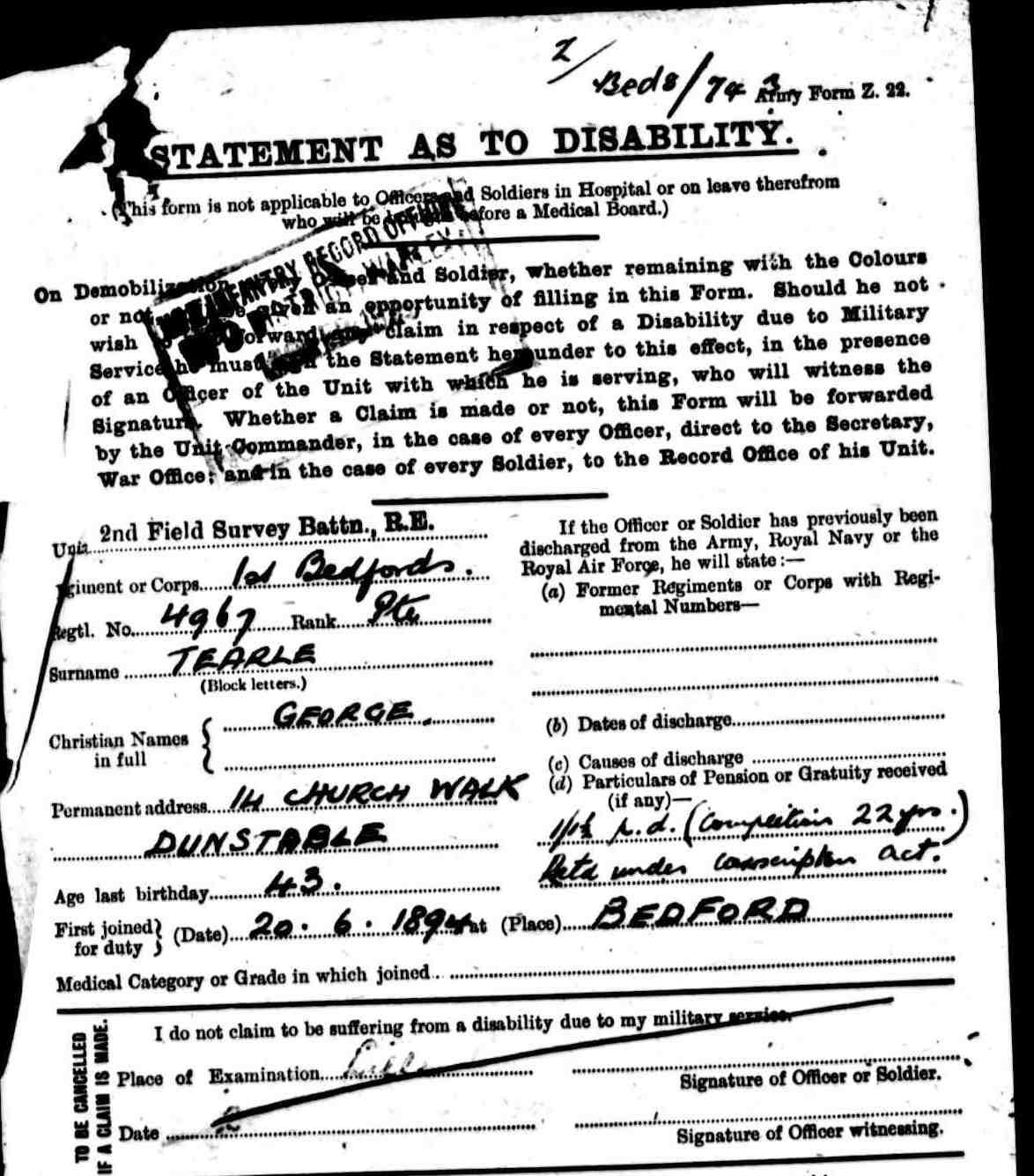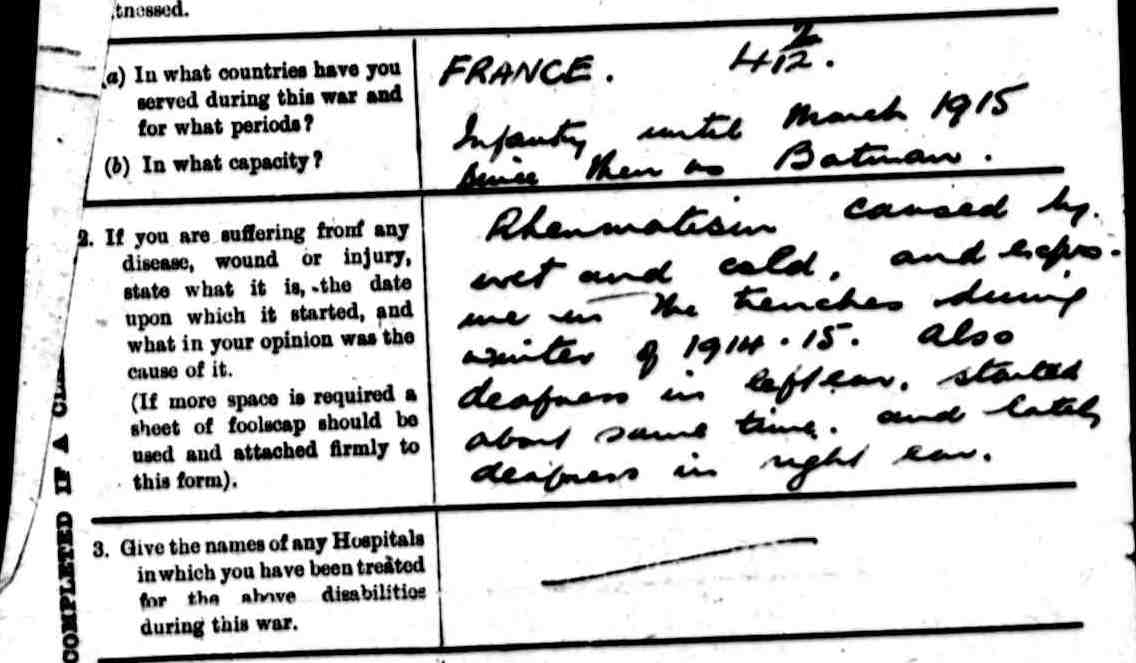Francis Joseph Myerscough Tearle 1923, Preston, UK
Here is Joseph’s service record from the CWGC
Name: TEARLE, FRANCIS JOSEPH MYERSCOUGH Initials: F J M
Nationality: United Kingdom
Rank: Craftsman
Regiment/Service: Royal Electrical and Mechanical Engineers
Age: 21 Date of Death: 28/06/1944
Service No: 5124306
Additional information: Son of James and Fanny Tearle, of Preston, Lancashire.
Casualty Type: Commonwealth War DeadGrave/Memorial Reference: VIII. J. 4. Cemetery: LA DELIVRANDE WAR CEMETERY, DOUVRES
CWGC says, “The Allied offensive in north-western Europe began with the Normandy landings of 6 June 1944. The burials in La Delivrande War Cemetery mainly date from 6 June and the landings on Sword beach, particularly Oboe and Peter sectors.” This is during Operation Overlord – the landings of D-Day and the beginning of the end of WW2. Since Joseph was killed on 28 June and the Douvre Cemetery is near Caen, then we can assume that he was in the area, helping the Allied landings. Michael Tearle of NZ wrote to me about the kinds of tasks an REME would do: “It’s highly unlikely that Francis would have worked on bridges or laying cables. The Royal Engineers were the bridge people and the Royal Corps of Signals did the telecommunications. The REME did vehicles, guns, firearms, and radio repairs in the field, and welding, fitting and turning etc at base.” He also pointed out that craftsman (Cfn) in the REME was equivalent to private in the infantry.
It seems to me that Joseph is the son of James 1883 Preston, the son of Charles and Jane nee Swarbrick and grandson of Joseph 1803 Tebworth, the founder of the Preston Tearles. This means he is on the branch Joseph 1737. My first guess was that James has married a Frances (Fanny) Myerscough, but I can’t find the marriage – or any other evidence. I sent a birth registration to the GRO, but they sent it back with a “document not found” notice.
Barbara drew my attention to the Wills index:
“Francis Joseph Myerscough Tearle or Myerscough of 14 Redmayne Street, Preston, Lancs, died 28 June 1944 on war service. Probate 6 July to James Tearle, railway employee. Estate = £933 12s 4d
When I read the surname, Tearle or Myerscough, I checked under Myerscough in the Wills indexes as well and found an interesting entry – Charles Myerscough of 230 New Hall Lane, Preston, died 18 June 1940. Admon granted on 4 Sept. 1940 to James Tearle, railway employee. Estate = £900.
Unless I’ve missed it somewhere, I cannot find a birth registration for Francis Joseph, except that he could possibly be …. Francis Myerscough registered in March 1904 in Preston.”
If Charles Myerscough had asked James to look after young Francis, then perhaps he has been adopted.
I found the marriage in Preston 1916 of James and Fanny nee Ainsworth
Name: James Tearle
Year of Registration: 1916
Quarter of Registration: Apr-May-Jun
Spouse’s Surname: Ainsworth
District: Preston
County: Lancashire
Volume: 8e
Page: 1221
These are most likely Francis’ parents as cited on his CWGC entry above, James and Fanny Tearle of Preston. What seems to have happened here, as indicated by the two wills that Barbara found, is the following: James’ friend, Charles Myerscough has asked James to look after his son, Francis, and has left £900 for James to administer on Francis’ behalf. Francis may have been formally adopted by James, but I have no evidence for this. What is certain, is that Francis has added Tearle to his name, and perhaps even Joseph as a middle name, in honour of the founder of the Preston Tearles. When Francis signed up for WW2, he has left this money in his will to James.
In 1922, James was 39yrs, so it is quite likely that his maturity would have made Charles Myerscough comfortable with leaving the affairs of his son to such a man.
